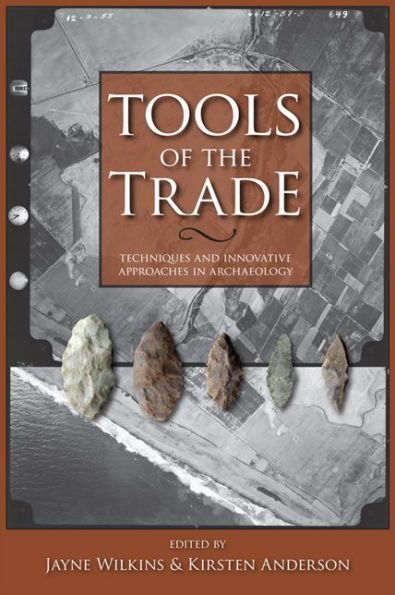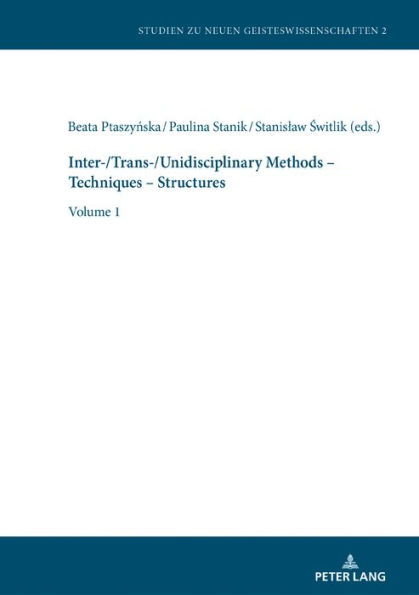Home
Tools of the Trade: Methods, Techniques and Innovative Approaches in Archaeology
Barnes and Noble
Tools of the Trade: Methods, Techniques and Innovative Approaches in Archaeology
Current price: $40.95


Barnes and Noble
Tools of the Trade: Methods, Techniques and Innovative Approaches in Archaeology
Current price: $40.95
Size: OS
Loading Inventory...
*Product information may vary - to confirm product availability, pricing, shipping and return information please contact Barnes and Noble
Tools of the Trade
presents a collection of academic papers from international archaeologists, senior professors, and students alike. Each chapter focuses on the discussion and application of unique and innovative 'tools' for archaeological analysis and interpretation, including micro- and macro-botanical analysis, experimental study, off-site survey, lithic use-wear, ceramic petrography, DNA analysis, chaîne opératoire, space syntax, and Geographic Information Systems.
As a collective volume,
also covers an impressive diversity of geographic regions and time periods, such as Precolumbian Mesoamerica, Plio-Pleistocene Africa, prehistoric and historic North America, and ancient Polynesia. Finally, this volume provides a somewhat introspective look at the origins of tool use, technological development, and the means by which we have become the only species to ask the questions: What does it mean to be us and how can we find out?
presents a collection of academic papers from international archaeologists, senior professors, and students alike. Each chapter focuses on the discussion and application of unique and innovative 'tools' for archaeological analysis and interpretation, including micro- and macro-botanical analysis, experimental study, off-site survey, lithic use-wear, ceramic petrography, DNA analysis, chaîne opératoire, space syntax, and Geographic Information Systems.
As a collective volume,
also covers an impressive diversity of geographic regions and time periods, such as Precolumbian Mesoamerica, Plio-Pleistocene Africa, prehistoric and historic North America, and ancient Polynesia. Finally, this volume provides a somewhat introspective look at the origins of tool use, technological development, and the means by which we have become the only species to ask the questions: What does it mean to be us and how can we find out?

















